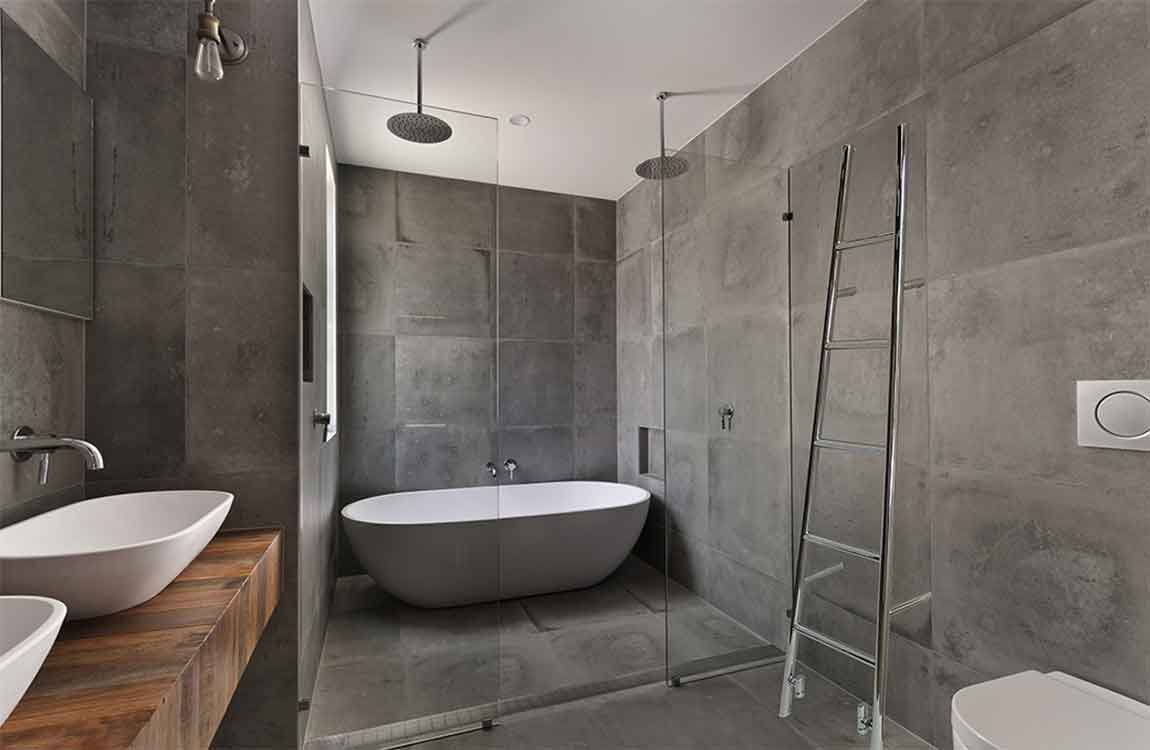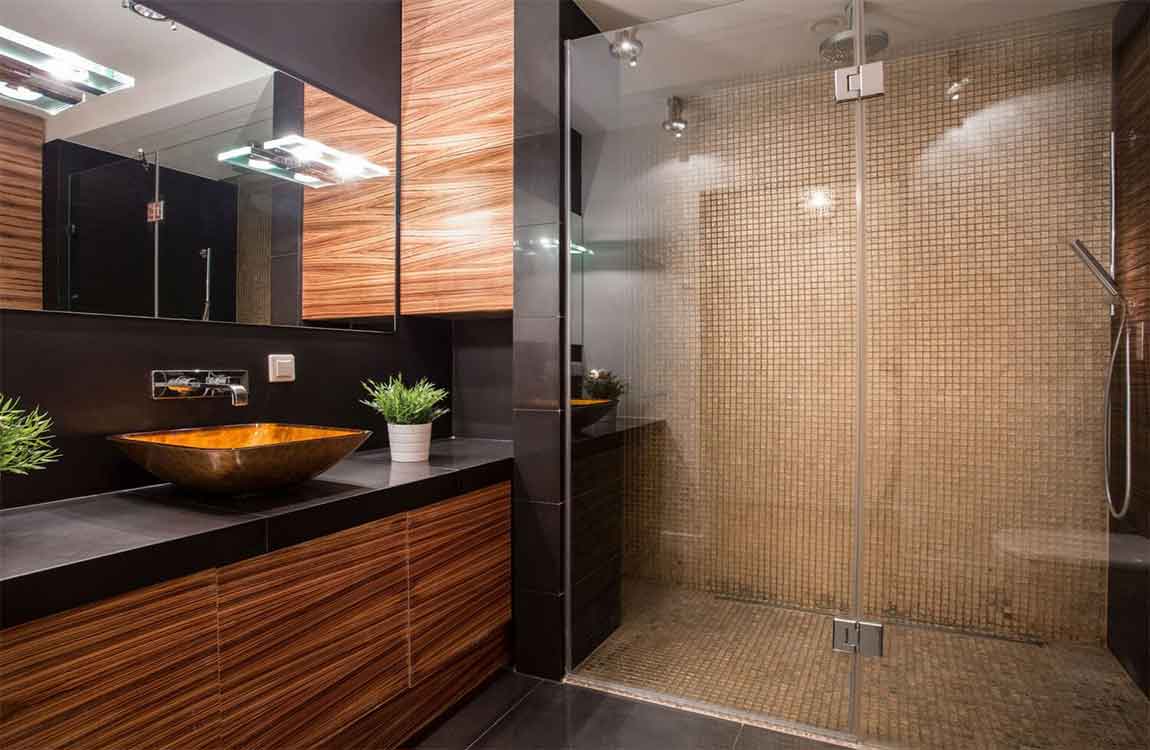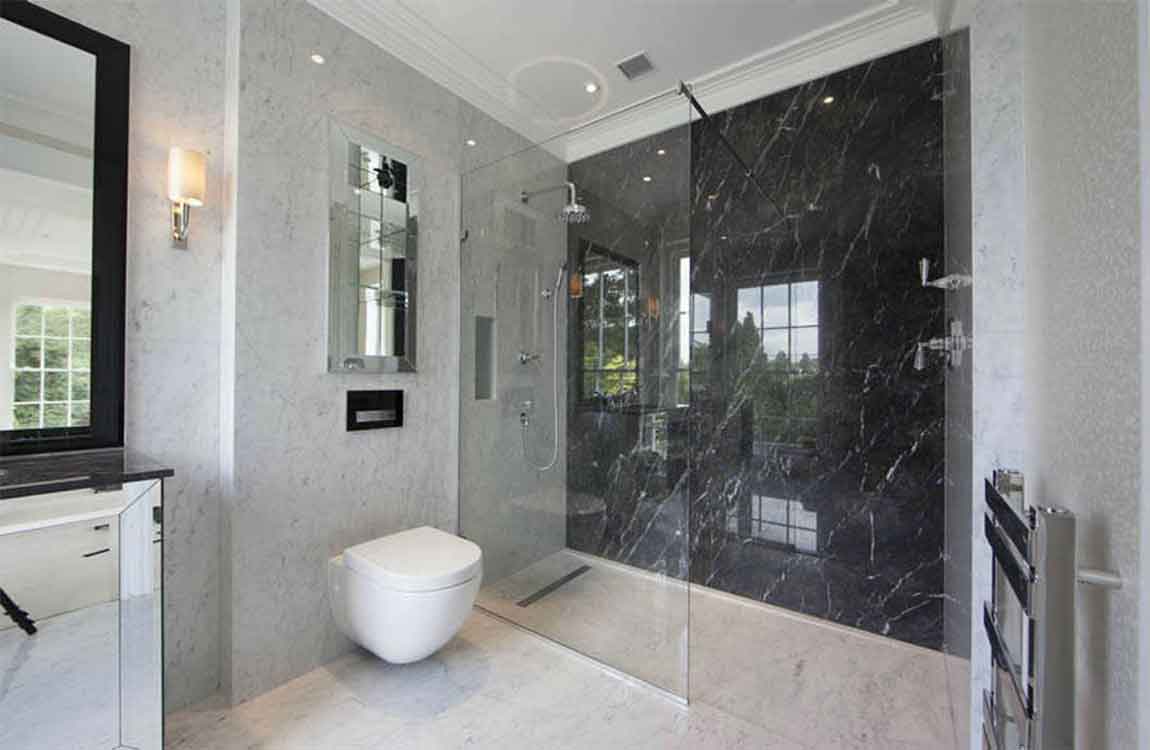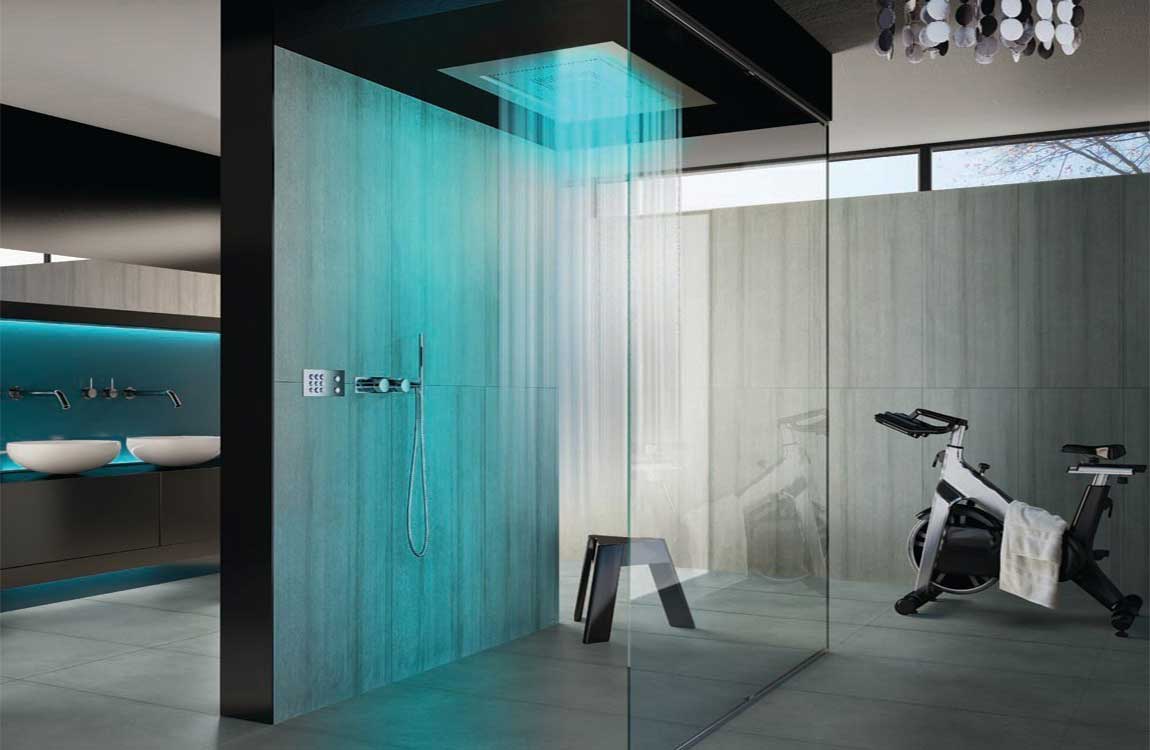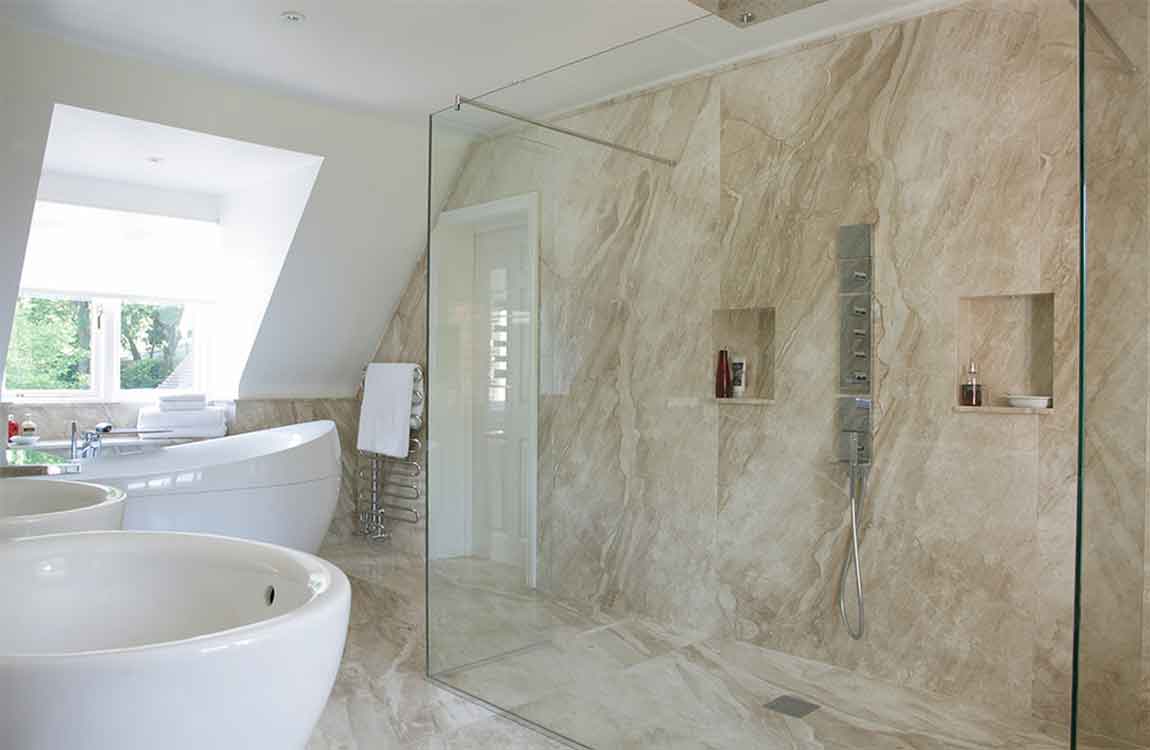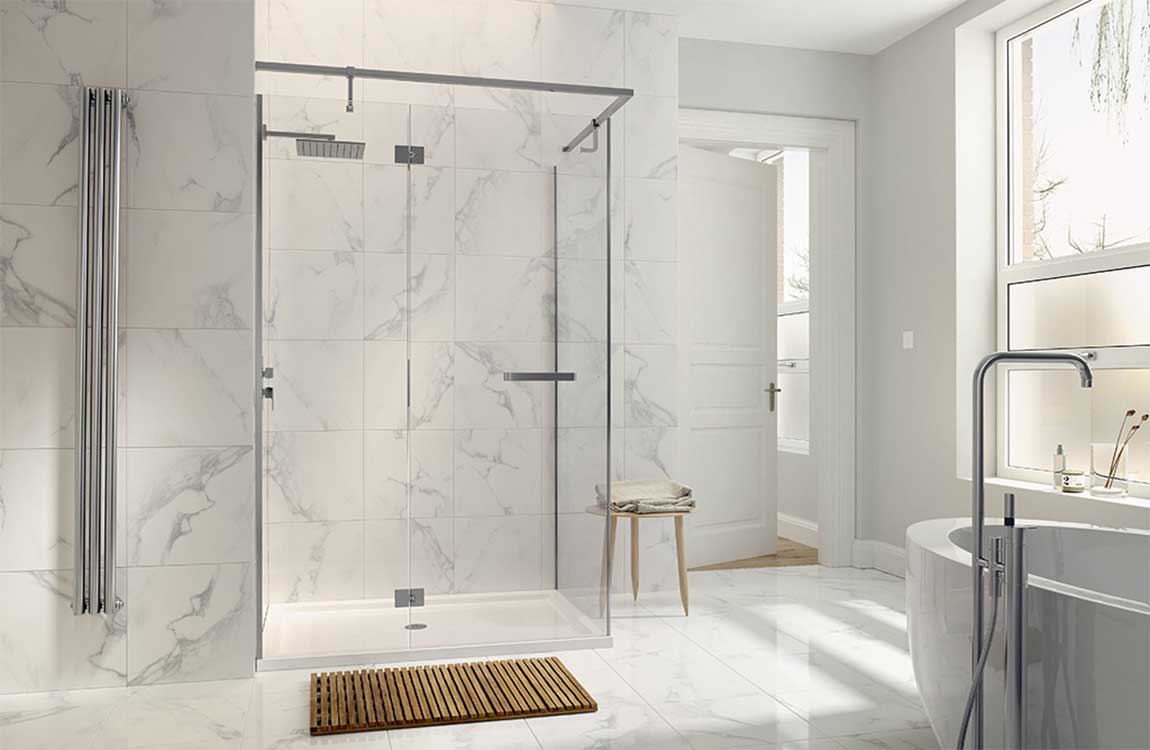How to Create an Inexpensive Shower Enclosure for an Old Fashioned Bathtub?
Typically, an old-fashioned claw footed tub is converted to a tub-shower combination with an expensive store bought contraption. However, you can accomplish the same thing quite simply, with some wood dowels and twine. This is especially useful for students who live in old houses and don’t have money for the expensive version.
Note that you will be making a rectangular shower curtain rod suitable for hanging shower curtains around the bathtub. Determine the approximate dimensions of the tub. If you don’t have a tape measure, use a piece of string. Buy some wood dowel of approximately 1 1/4″ diameter at any home or hardware store. You’ll need one long dowel for each of the long sides of the tub, and one short dowel each for the front and back. Probably you’ll end up purchasing three dowels and cutting one of them into two short pieces.
While you’re there, purchase the inexpensive hand-held shower that fits over the tub spout, and a ball of string or twine. The store will usually be happy to make the one or two cuts you might need to get the dowels to a suitable length. Back home, lay the dowel on the floor in a rectangle, overlapping the corners a few inches. Lash each of the corners together with twine. If you don’t know how to do this, find anyone who’s ever been a girl scout or boy scout to help you. Install four hooks in the ceiling approximately where the corners of the enclosure will be.
Use some more twine to hang rectangle from the hooks. Adjust the length of the twine to hang this contraption somewhat level and centered above the tub. Install two shower curtains, each extending from the front of the enclosure to the back. Overlap the curtains by about two rings. If your enclosure is really big you might need more shower curtains.
Install the shower over the tub spout. To shower, slip between the shower curtains, and use the hand held shower. If you use PVC pipe, you can cut and lash them as described above, or you can also try the following method. This is only recommended if you’re reasonably handy: Mark where the corners/bends will be with a marker, allowing for a curve radius of about 6 inches (15.2 cm).
Heat up the marked section of pipe with a flame, such as a blowtorch or gas stove. Do not breathe the smoke/fumes from the heated pipe. Move the pipe constantly to heat the entire area. It will probably take several minutes for the pipe to soften. Once the PVC becomes rubbery, bend it to the desired position, and submerge in a sink full of cold water. Continue for the other bends. The pipe will inevitably have burn marks, sand or paint them if you like.


